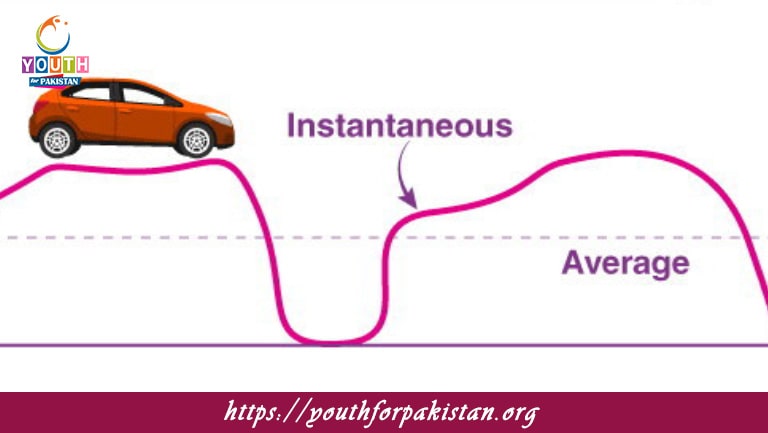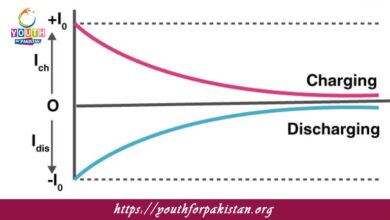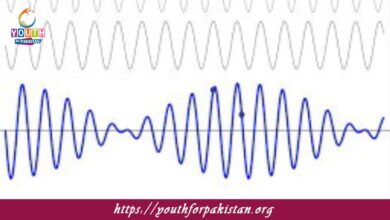Instant Aeneous Displacement MDCAT Quiz with Answers

Instant Aeneous Displacement MDCAT Quiz describes the precise position of an object at a given instant in time as it moves. It is a vector quantity, having both magnitude and direction. In physics, this concept is very important for the analysis of the exact position of an object at any given time, especially in complex or dynamic systems. For MDCAT students, the concept of instantaneous displacement is the basis for solving advanced problems related to motion.
Characteristics of Instantaneous Displacement
Instantaneous displacement differs from average displacement, which is calculated over a finite time interval. Instead, it is determined at a specific point in time, providing a snapshot of an object’s position. This concept is fundamental when dealing with varying motions, such as those encountered in circular motion, oscillations, or projectile motion.
Importance of Instantaneous Displacement in Physics
Instantaneous displacement is a concept integral to the understanding of instantaneous velocity and instantaneous acceleration. It involves the changes in displacement occurring over infinitesimally small time intervals, thereby allowing one to define velocity or acceleration precisely at a given point in time. This information is very crucial in the modeling and prediction of the behaviors of objects in motion, mainly for systems in which forces and velocities are functions of time.
- Test Name: Instant Aeneous Displacement MDCAT Quiz
- Type: Quiz Test
- Total Questions: 30
- Total Marks: 30
- Time: 30 minutes
Note: Answer of the questions will change randomly each time you start the test, once you are finished, click the View Results button.
Flashcards for Instantaneous Displacement – FREE
The free flashcards on instantaneous displacement will be very helpful to MDCAT students in the understanding of important concepts. Flashcards may include formulae, definitions, and example problems to practice in identifying instantaneous positions from equations or motion graphs. These flashcards serve as a quick reference and a revision tool, ensuring students retain critical details and improve their problem-solving speed and accuracy.

What does instantaneous displacement represent?
The position of an object at a specific moment in time

Instantaneous displacement is a vector quantity, which means it has both _____.
Magnitude and direction

In simple harmonic motion, the instantaneous displacement is given by which formula?
x(t) = A cos(ωt + φ)

What happens to the instantaneous displacement when the object in SHM reaches maximum displacement?
It is at its maximum value

How is instantaneous displacement related to amplitude in simple harmonic motion?
It is a fraction of the amplitude depending on the phase

What does the instantaneous displacement of a mass-spring system at maximum displacement equal?
The amplitude

How can you calculate the instantaneous displacement in uniform circular motion?
x(t) = r cos(ωt + φ)

In SHM, if the object is at a quarter of the period, what happens to the instantaneous displacement?
It will be at half the amplitude

What is the relation between instantaneous displacement and acceleration in SHM?
The displacement is proportional to the acceleration

How does the instantaneous displacement change as time progresses in SHM?
It oscillates between positive and negative values

At what point in SHM is the instantaneous displacement equal to the maximum value?
Maximum displacement

In SHM, the instantaneous displacement is defined by the cosine function. What happens when the phase angle is π/2?
The displacement is zero

What happens to the instantaneous displacement if the amplitude of SHM is doubled?
It increases proportionally

If the instantaneous displacement is half of the amplitude, what can be said about the object in SHM?
It is in between the equilibrium and maximum displacement
Experience the real exam environment with our expertly designed collection of over 25,000 MCQs MDCAT Mock Tests.





